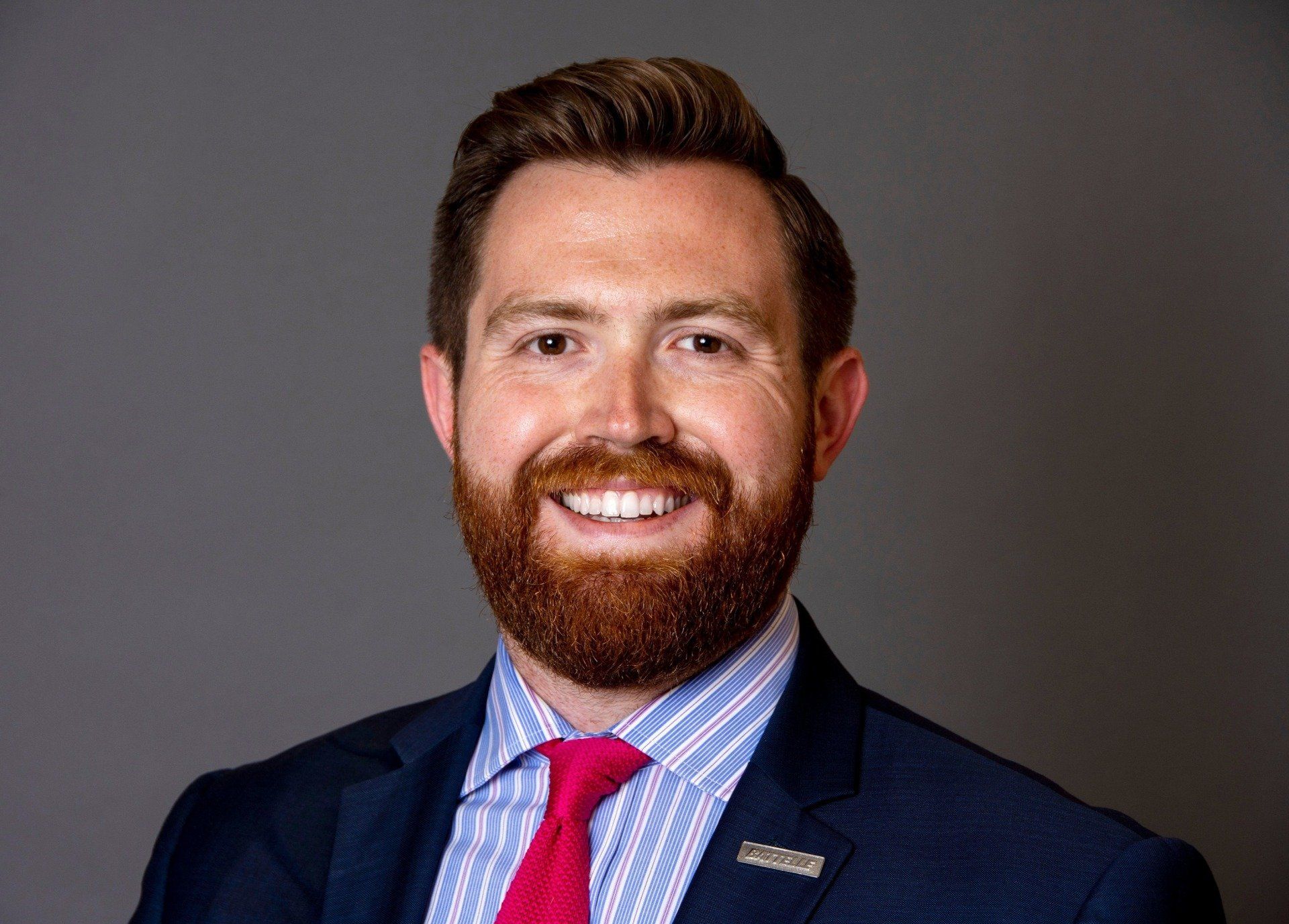Q: For educators, and STEM educators in particular, can you remind us about the key provisions?
Luckily, ARPA shares a number of similarities with the past two relief bills; namely, it distributes a significant number of grant dollars to state and local education agencies through the Elementary and Secondary School Emergency Relief (ESSER) Fund. Of the $170 billion allocated to the Department of Education in ARPA, $125.8 billion is dedicated to ESSER, to be distributed according to each state’s share of FY21 Title I funding. Of the ESSER dollars that make it to the states, 90% must be further distributed to LEAs, including charter schools, to be spent on a whole host of previously authorized activities and services from education laws on the books. As with the last relief bill, remaining funds can also be used to buy education technology and connectivity solutions, in addition to other services and improvements that will aid in the return to school.
Notably, LEAs must allocate 20% of the grant funds to tackle “learning loss” through “evidence-based interventions, such as summer learning or summer enrichment, extended day, comprehensive afterschool programs, or extended school year programs.”1 Additionally, LEAs must “ensure that such interventions respond to students’ academic, social, and emotional needs and address the disproportionate impact of the coronavirus on the student subgroups.”2 Of the money left to the SEAs, each state must allocate no less than 5% of their funding (approximately $6.25 billion nationally) towards the same activities. SEAs must also set aside at least 1% for the implementation of evidence-based summer enrichment programs, and at least 1% for the implementation of evidence-based comprehensive after school programs.
If you’re curious about how much funding will be coming to your state, Table 3 in this Congressional Research Service (CRS) report (page 5), has a great breakdown, including the percentage breakdown for SEAs & LEAs by activity.
Finally, outside of the funding given to the Department of Education, ARPA includes $7.27 billion for the Emergency Connectivity Fund, through the FCC’s E-Rate program to allow eligible schools and libraries to invest in eligible services and devices including: Wi-Fi hotspots, Modems, Routers, and “connected devices” such as laptops and tablets.
Q: Is there any additional legislation on the horizon?
Yes! In the House, a bill on Rural STEM has been reintroduced by Congressman Frank Lucas, Ranking Member of the House Science Committee: H.R. 210 - the Rural STEM Education Research Act. It’s nearly identical to the bill introduced last Congress and passed by the House, and includes a pilot program at NSF based on the Tennessee Rural STEM Collaborative run by our partners in the Tennessee STEM Innovation Network!
Additionally, H.R. 204 – the STEM Opportunities Act has been re-introduced by Congresswoman Eddie Bernice Johnson, Chair of the House Science Committee. Based on her bill which also passed the House last Congress, the STEM Opportunities Act provides guidance and grant opportunities for groups historically underrepresented in STEM at institutes of higher education and within federal science agencies.
Given the bipartisan support that these bills saw in the last Congress, I’m hopeful that they can be taken up quickly and passed out of both chambers.
Q: Outside of those STEM policy bills and the relief package, what else has been happening on the Hill?
With the impeachment trial over and the stimulus now passed, the Senate has returned to confirming the president’s cabinet nominees and other appointees in earnest. On Wednesday, March 10th, both Marcia Fudge, a Congresswoman from Cleveland, Ohio, and Merrick Garland, former Supreme Court Nominee, were confirmed to their posts as the Secretary of Housing and Urban Development, and Attorney General, respectively.
The Senate has also taken up the nominations for the Deputy Secretary of Education, Cindy Marten, who comes from her post as Superintendent of the San Diego Unified School District, and the Undersecretary at the Department of Education, James Kvaal, president of the Institute for College Access and Success, and former deputy White House domestic policy adviser to President Obama. They are both awaiting their hearings in the Senate HELP Committee. No other nominees for the Department of Education have been announced.
Q: Any insight into the new Secretary's thoughts and priorities around STEM education?
Secretary Cardona released a letter to parents and students the day after his confirmation as Secretary. If you have not read it yet, I encourage you to do so – if only to feel inspired about the days to come.
While he does not specifically call out STEM education in the letter, the priorities he lays out are well-aligned with those of the STEM community. For instance, after listing the first priority of returning to in-person learning, the very next thing he mentions is “building better career pathways.” He also prioritized ensuring that all students have access to balanced, high quality coursework including the arts and sciences, as well as career and technical education.
As more names are announced for key posts within the Department of Education, I’ll be sure to update this community, with a focus on STEM impacts.
Q: Regarding education policy, where should we look now for the best insight into what's coming next?
If you’re reading this blog, you’ve probably got a little bit of “policy wonk” in you; as such, I encourage you to keep an eye on this appointee tracker, published by the Washington Post in collaboration with the Partnership for Public Service. It provides real-time updates on nominations and confirmations across the federal government, and there’s a helpful feature that allows you to sort by department or agency.
Reminder of Policy Panel: STEMx members should have received an invitation to participate in a webinar co-hosted by STEMx and the STEM Education Coalition on Wednesday, March 17th at 2:00 PM EST. The diverse and knowledgeable members of that panel will be speaking to an audience of Congressional staff on the impacts of “learning-loss,” how they’ve seen it play out at the state, district, school, and network levels, and how they’ve been able to respond to and address it with the help of recent federal relief grants. It’s my hope that the congressional staff engaged in that webinar will ask timely and relevant questions, and potentially tip their hand regarding legislation and policy measures to come.
As always, if you have a specific question or want to learn more about anything in this post, or that I left out, don’t hesitate to contact me.





